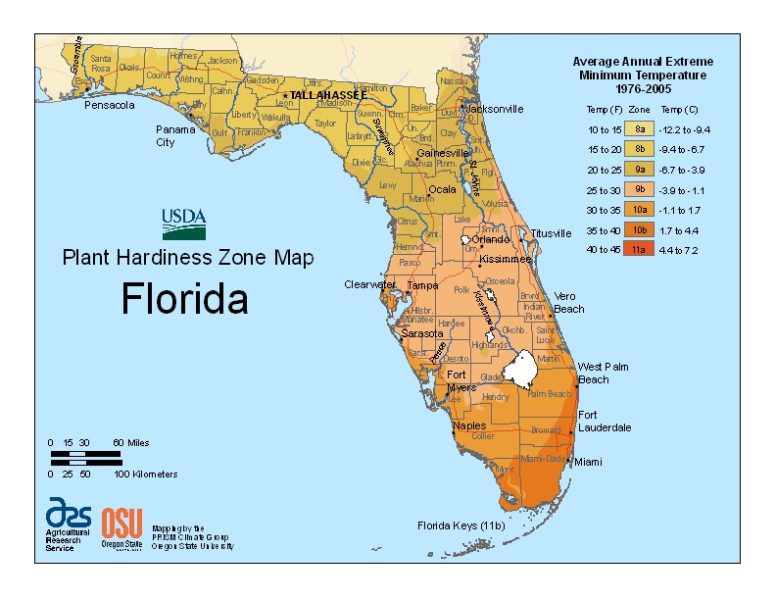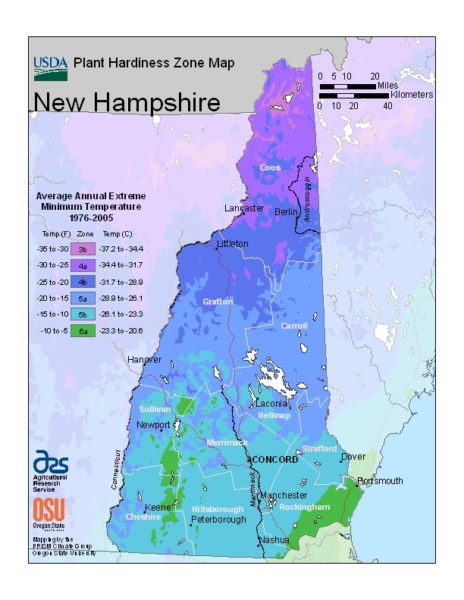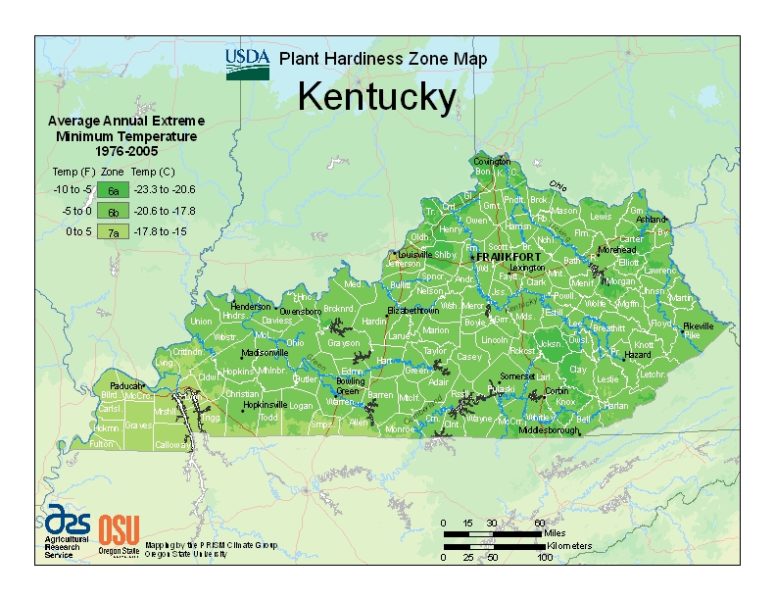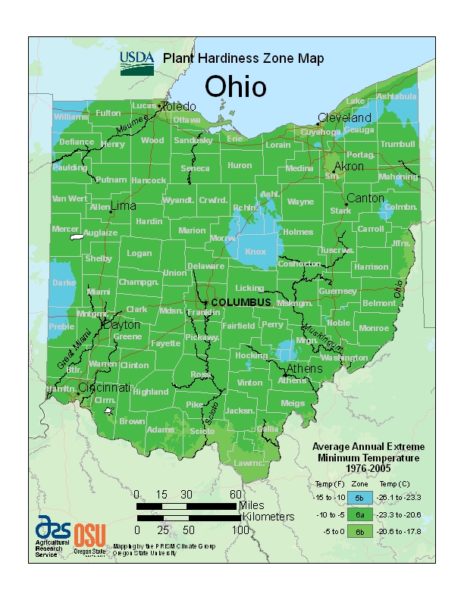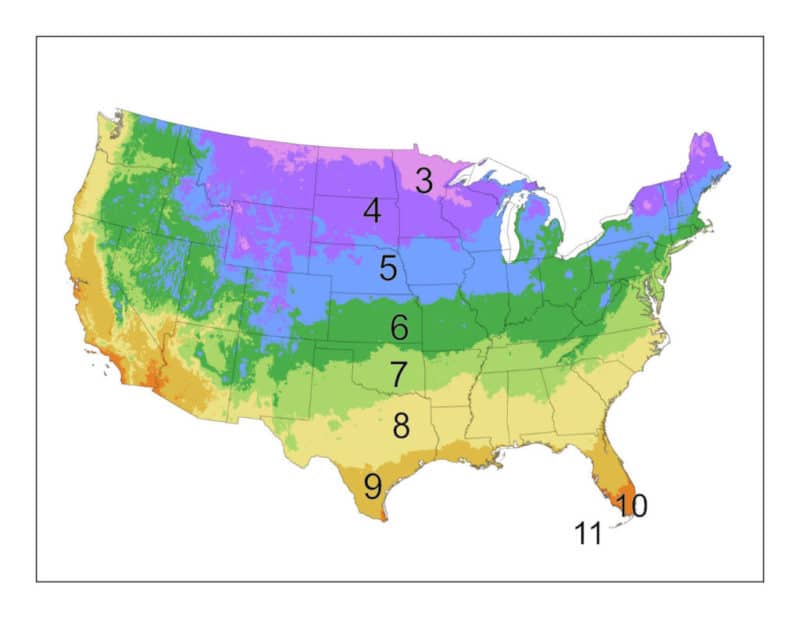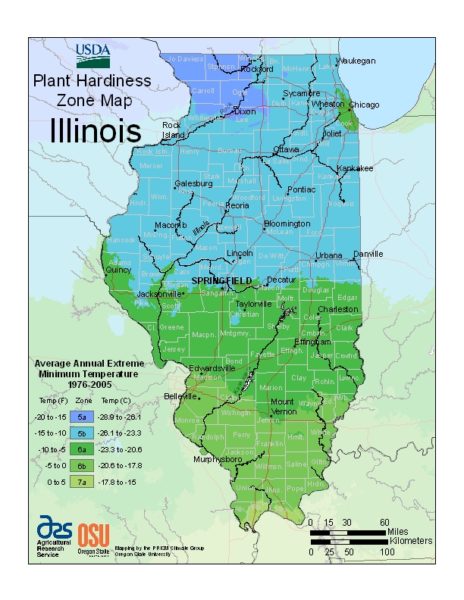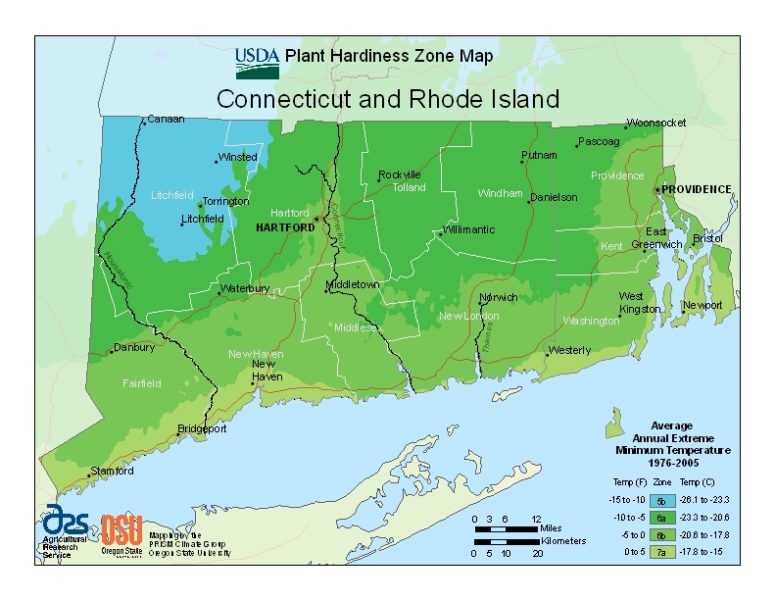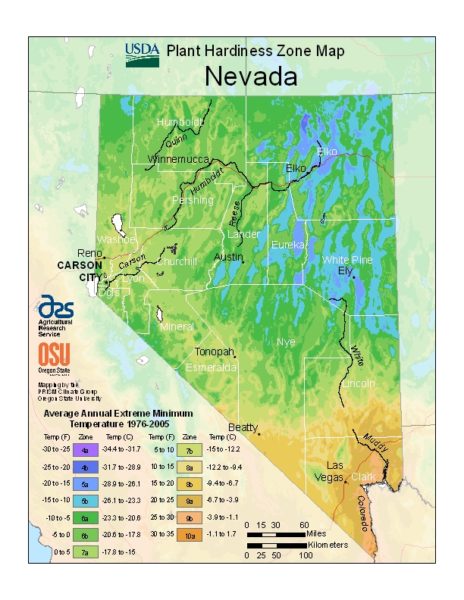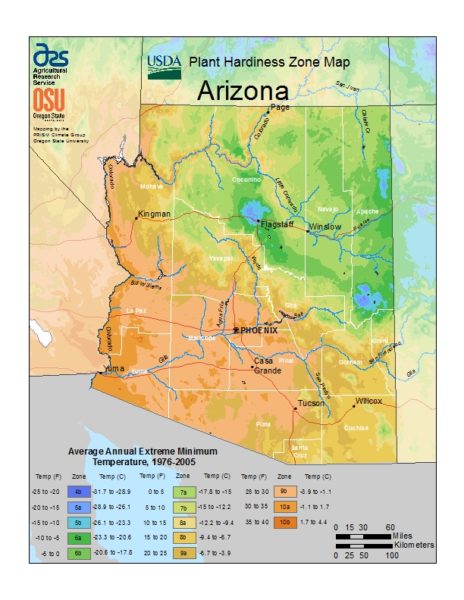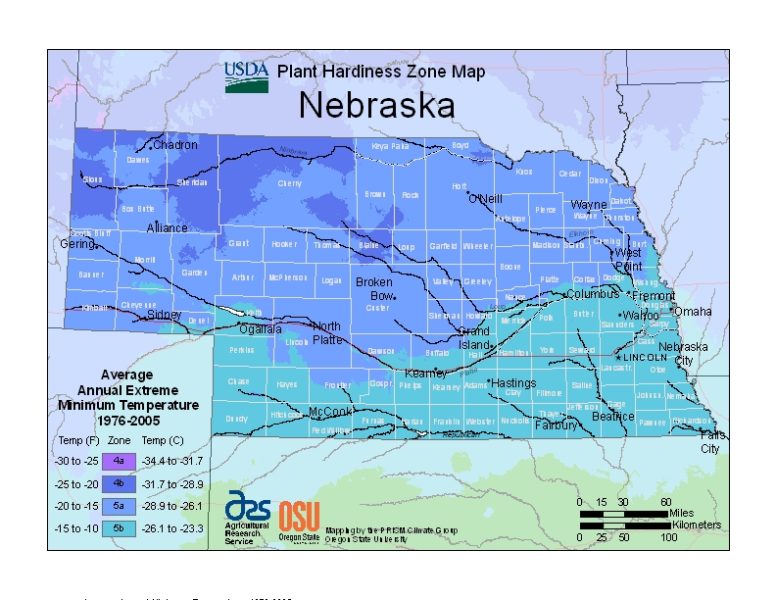7 Pro Tips to Get Explosive Plant Growth
You invest a lot of time in money in your landscape trees and plants. Maybe they are doing okay but how do you get them to grow even faster?
Or maybe you are looking at adding some new trees or shrubs to your yard. What simple steps can you take to help ensure they get off to a fast start?
Fortunately, there are a variety of tips and tricks you can use to help your trees and shrubs thrive, from choosing the right soil to providing adequate water and nutrients.
As usual, we checked with our local extension office, and here were their top 7 tips to achieve explosive plant growth.
 1. Choose the Right Plants for Your Climate.
1. Choose the Right Plants for Your Climate.
This may seem like a no-brainer but many garden centers sell landscape plants that may not be suited for your grow zone.
If you are buying online, make sure you are looking only at plants rated for your grow zone. Unsure what your grow zone is? We have easy-to-read grow zone maps for each state here.
Different plants thrive in different environments, so it's important to do your research and select plants that are well-suited to your region.
Consider factors like temperature, rainfall, and soil type when making your selections. You can also consult with a local gardening expert or visit a nearby nursery for advice on the best plants for your area.
2. Prevent a take-over.
Weeds and grasses can be spread aggressively and will compete for vital nutrients and moisture with your shrubs. Pulling out weeds as you see them helps but can be back-breaking work. Help your back and the plants:
- When planting, dig your hole at least twice as wide as the root ball. This will remove any existing grass and weeds and promote better root growth for your new plant.
- Mulch! They will help prevent weeds, maintain better moisture, insulate in colder weather, and even provide nutrients as they break down.
3. Use High-Quality Soil and Fertilizer.
The quality of your soil and fertilizer can make a huge difference in the growth and health of your plants.
Invest in high-quality soil that is rich in nutrients and has good drainage. You can also add organic matter like compost or manure to improve the soil's fertility.
This is another reason why it’s important to dig your planting hole twice as wide and deep as is needed. You will want to mix about 50% of the soil you dug out with high-quality soil.
When it comes to fertilizer, choose a balanced option that contains equal amounts of nitrogen, phosphorus, and potassium. Avoid over-fertilizing, as this can lead to excessive growth and weak plants.
4. It’s all about the base.
Both trees and shrubs are the most vulnerable with their exposed bark near ground level. Consider the outer bark of the skin of your plants. Flying debris from lawnmowers, nicking them with weed eaters, and critters gnawing or clawing can all stunt growth.
Consider a tree bark protector for young trees. Mulching, as mentioned above, has many benefits.
Mulching a little heavier in spring around your shrubs will help prevent damage during the busiest times of the year and help promote faster growth.
5. Pamper the baby roots.
Use a root stimulant appropriate for the type of tree or shrub when you plant. Mix it in the top 2 inches of soil,
What many people don’t realize is that a root stimulant can be used on both new plantings and established trees and shrubs.
Fertilize during the peak growing season that includes a root stimulant.
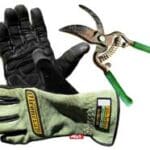 6. Prune and Trim Regularly.
6. Prune and Trim Regularly.
Regular pruning and trimming are essential for promoting explosive plant growth in your garden.
This process helps to remove dead or damaged branches, encourage new growth, and shape the plant to your desired form.
Make sure to use sharp, clean tools to avoid damaging the plant and spread any diseases.
It’s also best to prune on dry days or after any morning dew has evaporated. Moisture on a newly pruned branch can become a breeding factory for plant diseases.
It's best to prune and trim in the early spring before new growth begins, but you can also do it throughout the growing season as needed.
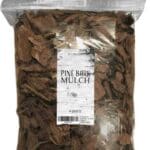 7. Use Mulch to Retain Moisture and Control Weeds.
7. Use Mulch to Retain Moisture and Control Weeds.
Mulching is a great way to promote explosive plant growth in your garden. Mulch helps to retain moisture in the soil, which is essential for healthy plant growth.
It also helps to control weeds by blocking out sunlight and preventing weed seeds from germinating.
You can use a variety of materials for mulch, including shredded leaves, grass clippings, straw, or wood chips.
Apply a 2-inch layer of mulch around your plants, making sure to leave a small gap around the stem to prevent rot.
A few simple steps will help you enjoy explosive growth every year.
- Most Popular Spring Blooming Evergreen Shrubs - March 6, 2025
- UPDATE! Unboxing Houseplant From Perfect Plants Nursery - March 5, 2025
- Winter Landscape Tips: How To Get A Head Start On Spring - January 6, 2025


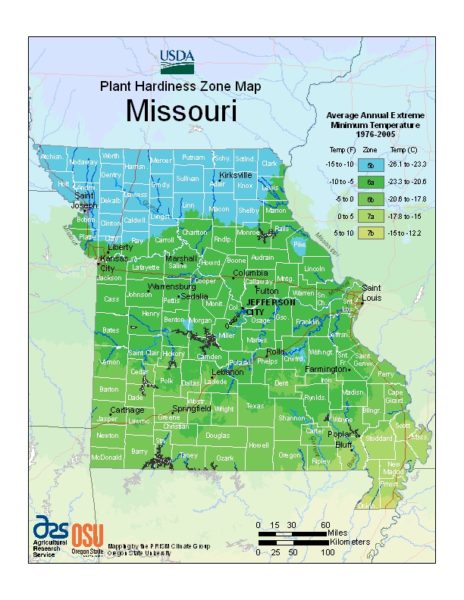

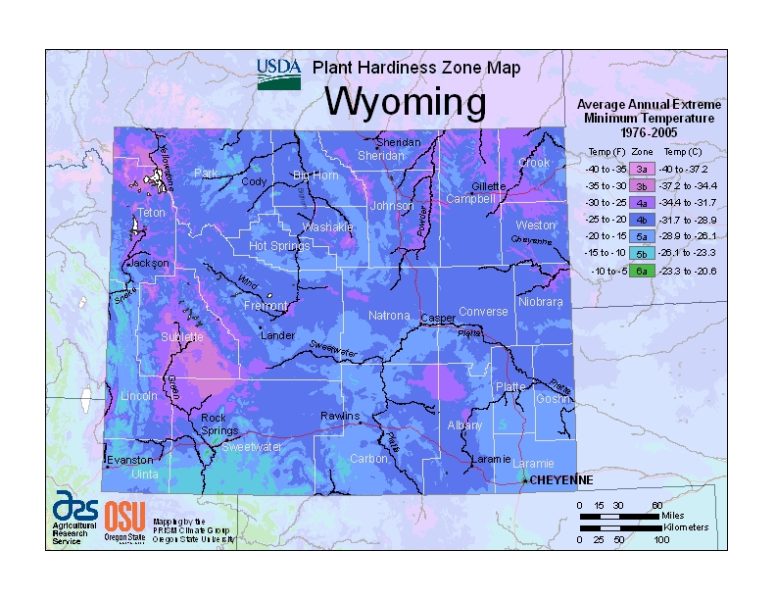





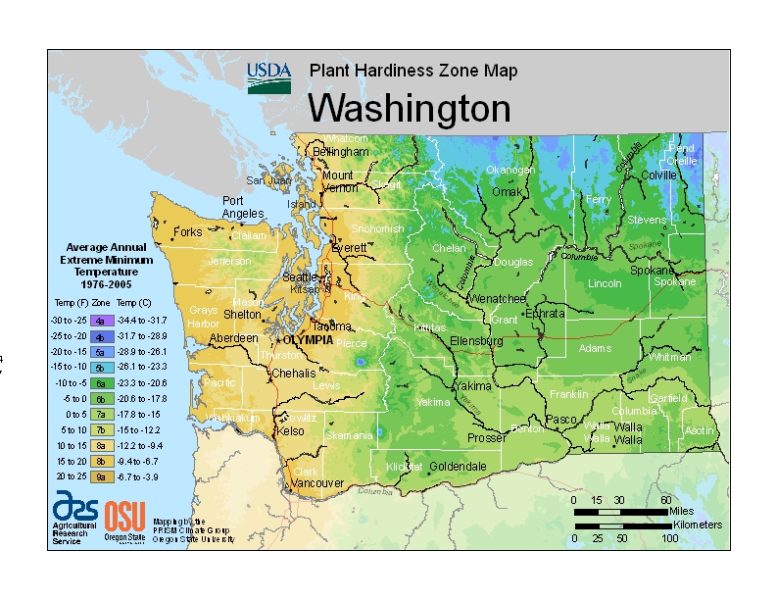
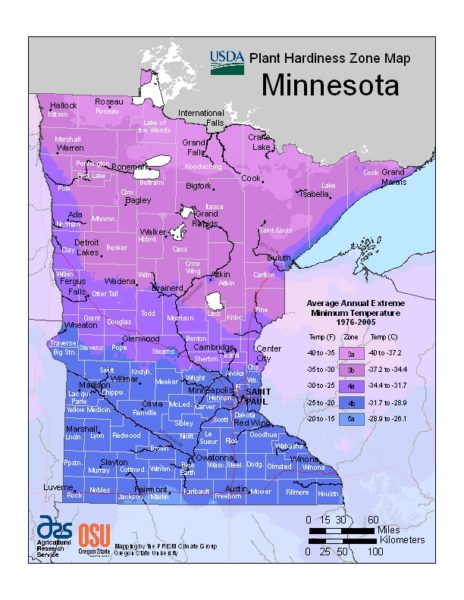





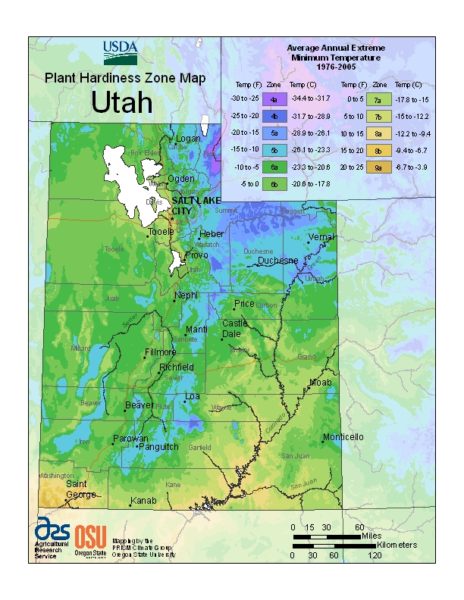
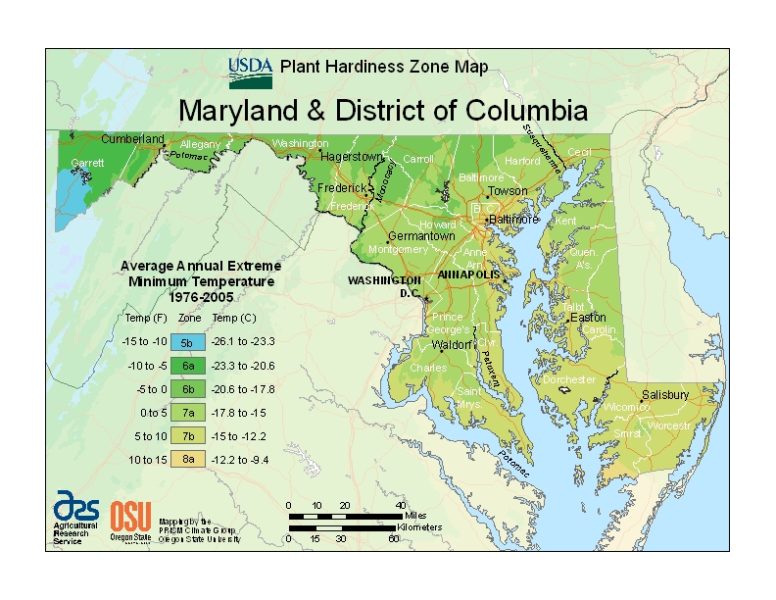





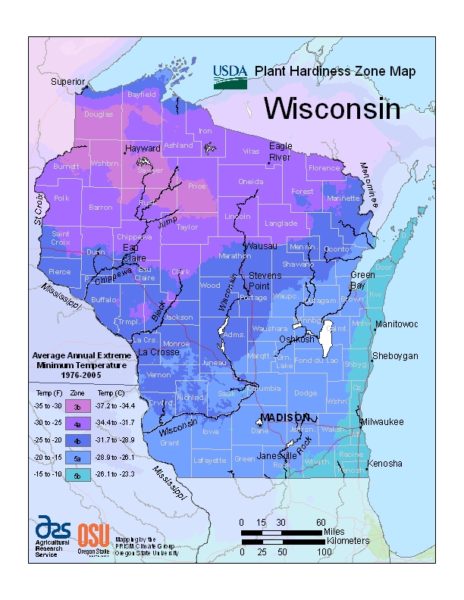 Wisconsin
Wisconsin